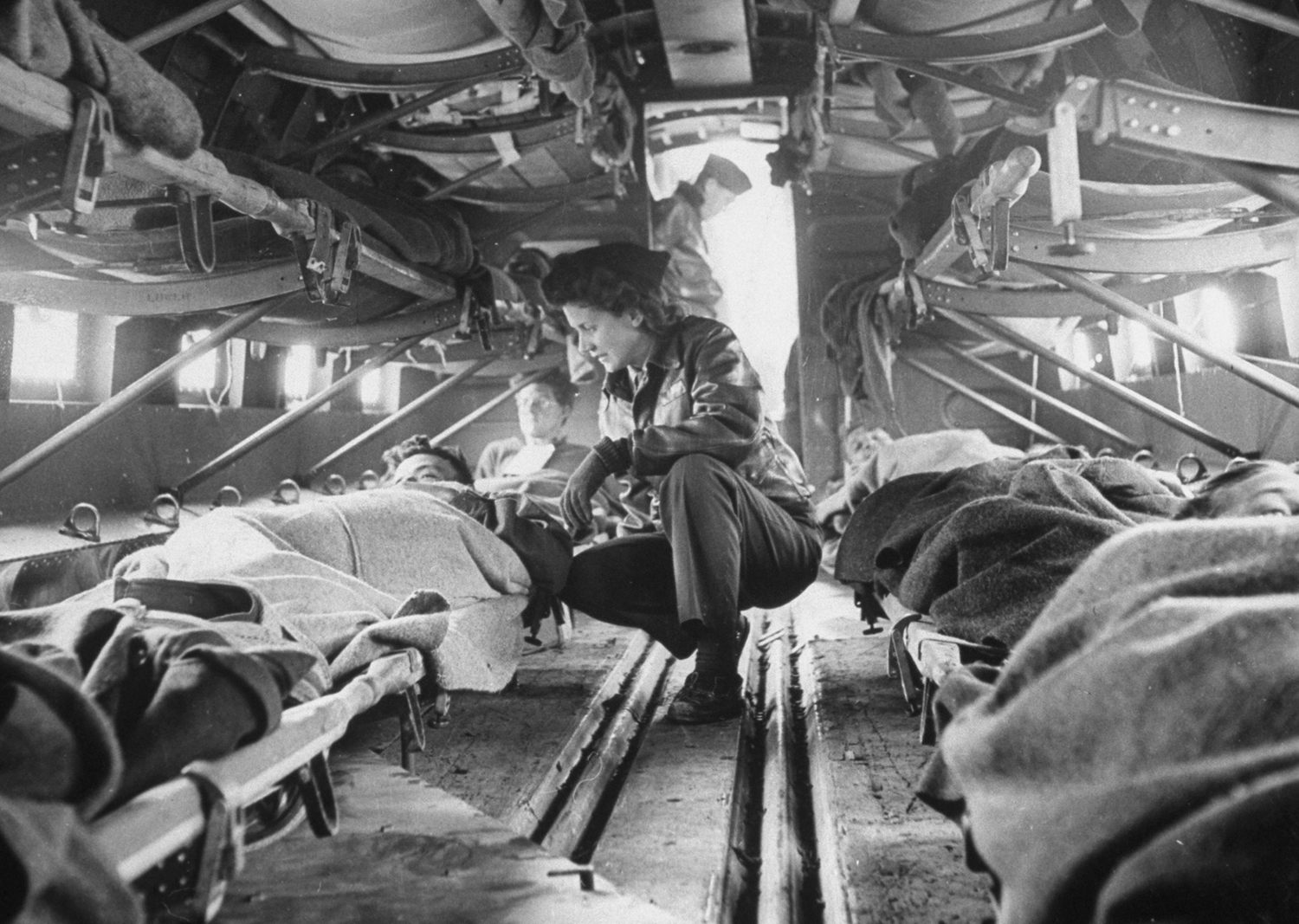
Some jobs are so emblematic of how we all perceive ourselves (or rather, they’re emblematic of how we hope others perceive us) that, paradoxically, it’s sometimes easy to overlook them. Firefighters, teachers and astronauts, for example — at their very best — embody those characteristics that we’ve collectively come to regard as admirable, even noble. Courage, compassion, imagination, tenacity, the ability to perform under pressure: Most of us are happy to legitimately claim even one of those traits as our own. To rightfully claim most of them — or all of them — is an honor reserved for a rare few.
Which brings us to nurses. The week of May 6 – May 12 each year is National Nurses Week in the U.S., and with all due respect to astronauts, teachers, firefighters and the rest, it’s right and fitting that we single out this ancient profession and its practitioners for praise. Depending on what their patients require, nurses care, comfort, humor, cajole, gently (and sometimes maybe not so gently) badger and, in the end, they save lives. They’re on the front lines, literally and figuratively, of a ceaseless war against suffering. We owe them.
Here, as National Nurses Week 2014 kicks off, LIFE.com pays tribute to nurses everywhere through the lens of one quiet, stirring photograph made by LIFE’s Eliot Elisofon somewhere over North Africa in the spring of 1943. The picture features a “flying nurse” and Army Second Lieutenant named Julia Corinne Riley, one of a number of such nurses who flew with wounded Allied troops in C-47 cargo planes as the injured were being transported from the front to safety and treatment behind the lines.
As LIFE put it to its readers, in language that feels both patronizing and celebratory, in an April 1943 issue:
Typical of the flying nurses who are aiding the U.S. Army Medical Corps in this work is pretty Second Lieut. Julia Corinne Riley. Lieut. Riley, a native of Kahoka, Mo., graduated from the Washington Boulevard Hospital in Chicago and was inducted into the Army on April 6, 1942. She is 23 years old … and attached to the Air Evacuation Transport medical Squadron. In these pictures she is wearing a regulation light-blue shirt and black neck-tie, with non-regulation navy-blue slacks. The nurses usually wear regulation brown leather flying jackets.
So, here’s to nurses — flying, sailing, orbiting and earthbound. We’d be in trouble without you. And if we don’t say it often enough, we’ll say it now. Thanks.
— Ben Cosgrove is the Editor of LIFE.com

More Must-Reads from TIME
- How Donald Trump Won
- The Best Inventions of 2024
- Why Sleep Is the Key to Living Longer
- Robert Zemeckis Just Wants to Move You
- How to Break 8 Toxic Communication Habits
- Nicola Coughlan Bet on Herself—And Won
- Why Vinegar Is So Good for You
- Meet TIME's Newest Class of Next Generation Leaders
Contact us at letters@time.com